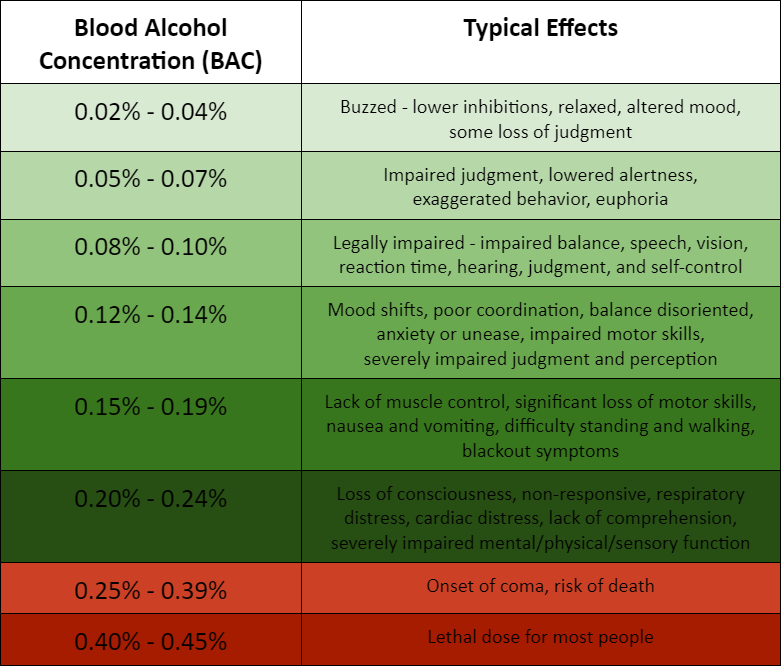Uncover the science behind alcohol metabolism & tolerance levels. Discover how your body processes alcohol and why tolerance varies.

Image courtesy of Lara Jameson via Pexels
Table of Contents
Alcohol consumption is a common social activity enjoyed by many individuals around the world. One question that often comes up in discussions about drinking is, “How many beers does it take to get drunk?” The answer to this question is not as straightforward as it may seem, as there are various factors that can influence how alcohol affects the body. In this blog post, we will delve into the science behind alcohol metabolism, individual tolerance levels, and the factors that can impact intoxication.
Understanding Alcohol Metabolism
When alcohol is consumed, it is absorbed into the bloodstream through the stomach and small intestine. From there, it is metabolized by the liver, where enzymes break it down into acetaldehyde and then into acetate. Acetate is eventually metabolized into carbon dioxide and water, which are then eliminated from the body. The process of alcohol metabolism is complex and can be influenced by a variety of factors.
Individual Tolerance Levels
One of the key factors that determine how many beers it takes to get drunk is an individual’s tolerance to alcohol. Tolerance refers to the body’s ability to process and metabolize alcohol efficiently. Some people may have a higher tolerance to alcohol due to factors such as genetics, regular alcohol consumption, and body weight. This means that they may be able to drink more without feeling intoxicated compared to others with a lower tolerance.
Factors Influencing Intoxication
There are several other factors that can influence how many beers it takes to get drunk. One of the most significant factors is the alcohol content of the beverages being consumed. Beers with higher alcohol content will lead to intoxication more quickly than those with lower alcohol content. Additionally, factors such as food consumption, hydration levels, and overall health can also impact intoxication levels. Drinking on an empty stomach, for example, can lead to faster absorption of alcohol into the bloodstream.

Image courtesy of via Google Images
It is important to note that alcohol affects individuals differently, and there is no one-size-fits-all answer to the question of how many beers it takes to get drunk. The key is to know your own limits and drink responsibly.
Practical Tips for Responsible Drinking
Here are some practical tips to help you navigate alcohol consumption and stay safe:
- Know your limits and pace yourself when drinking.
- Alternate alcoholic beverages with water to stay hydrated.
- Avoid drinking on an empty stomach and be mindful of your food intake.
- Never drink and drive – always have a designated driver or plan for a safe way home.
Conclusion
While the question of how many beers it takes to get drunk may not have a definitive answer, understanding the science behind alcohol metabolism, individual tolerance levels, and the factors that influence intoxication can help you make informed decisions about drinking. Remember to drink responsibly, know your limits, and prioritize your health and safety when consuming alcohol. Cheers to a safe and enjoyable drinking experience!
FAQ
Question 1: How does alcohol affect metabolism?
Answer 1: Alcohol is metabolized by the liver, where enzymes break it down into acetaldehyde and then into acetate, which is eventually converted into carbon dioxide and water for elimination.
Question 2: What factors influence individual tolerance levels to alcohol?
Answer 2: Genetics, regular alcohol consumption, body weight, and overall health can all affect an individual’s tolerance to alcohol, influencing how many drinks it takes to feel intoxicated.
Question 3: How can I drink responsibly?
Answer 3: Know your limits, pace yourself, stay hydrated by alternating alcoholic beverages with water, eat before drinking, and never drink and drive.
Question 4: Why do alcohol tolerance levels vary among individuals?
Answer 4: Alcohol tolerance varies due to genetic factors, drinking habits, body composition, and overall health. Some individuals may have a higher tolerance to alcohol, allowing them to consume more without feeling as intoxicated compared to others with lower tolerance levels.
Powered by Texta.ai Blog Automation
Leave a Reply